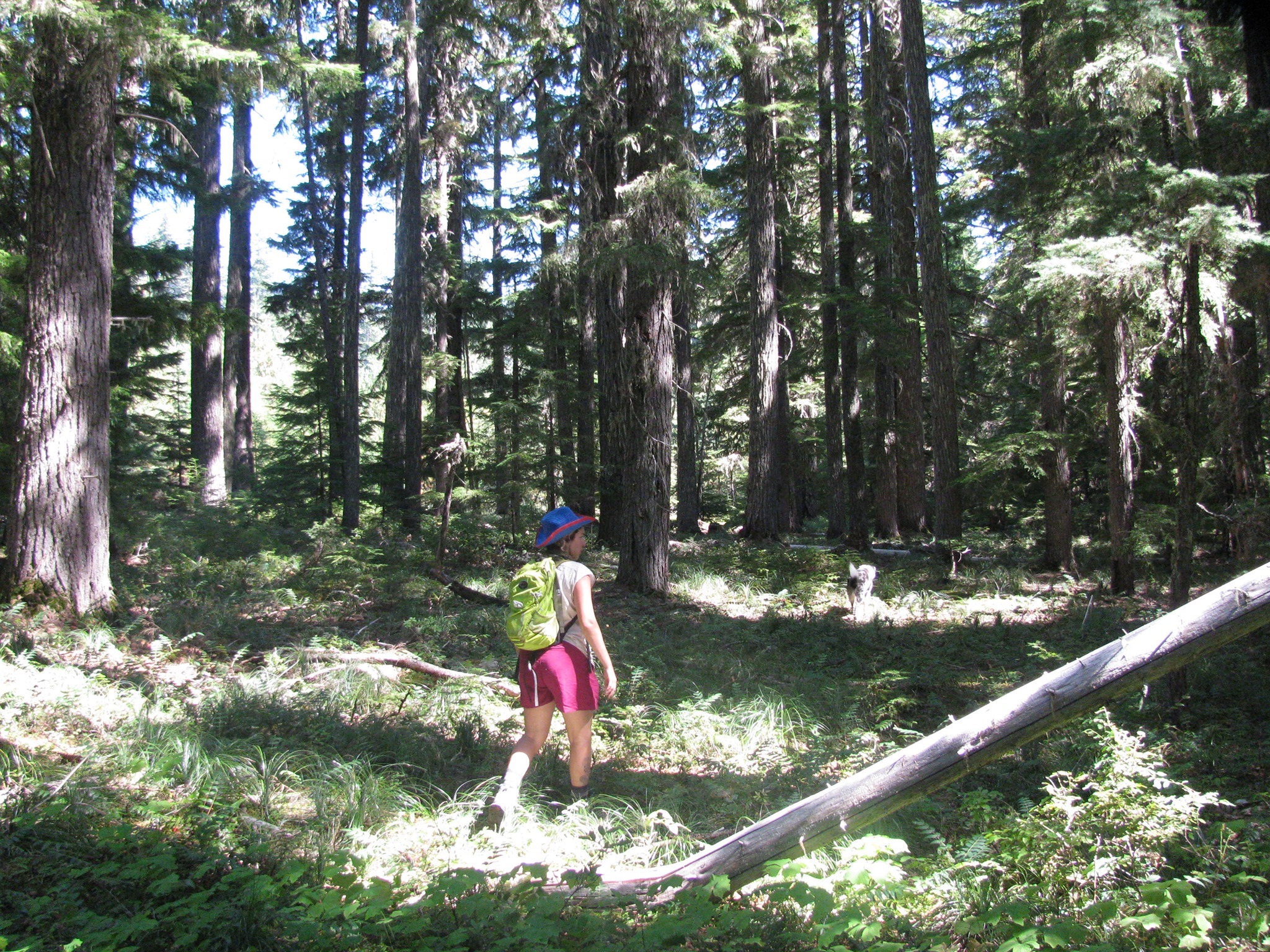Spring Volunteer Orientation: Bark for Mt. Hood

Join us for an online info session to find out how to plug in to Bark’s field and campaign work starting in April!
Whether you are just beginning to learn about forest ecosystems and public lands advocacy or are an experienced field biologist or policy analyst, your energy and knowledge are vital to strengthening the public influence over how these ecosystems and treasured wild places are treated by our government.
In three years, Bark has saved 15,000+ acres of Mt. Hood’s forest from logging, established a game-changing legal precedent on forests and fire, engaged 30,000+ people around forest ecology and current forest management practices, and worked with state and federal agencies to work towards reintroducing beaver to Mt. Hood. The impacts of our forest advocacy are only possible with the countless hours, incredible creativity, and boundless spirit from our volunteers.
Bark affirms that these are the rightful lands of the Multnomah, Kathlamet, and Clackamas bands of the Chinuk; Tualitin Kalapuya, Molalla, Tenino, Wasco, Wishram, Paiute, and the many other Native people who live here and who have always lived here. These Tribal Nations belong to and care for this land, and we honor these Nations’ continued existence and resilience, as their sacrifices are still ongoing. We acknowledge their long-lasting and tireless work to nurture, advocate, and protect these lands in the Pacific Northwest.
